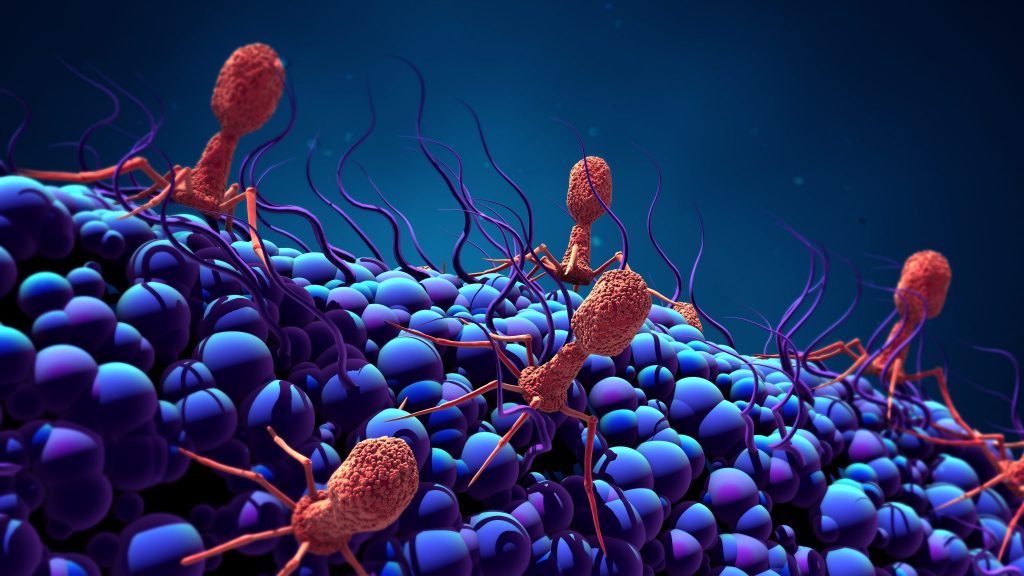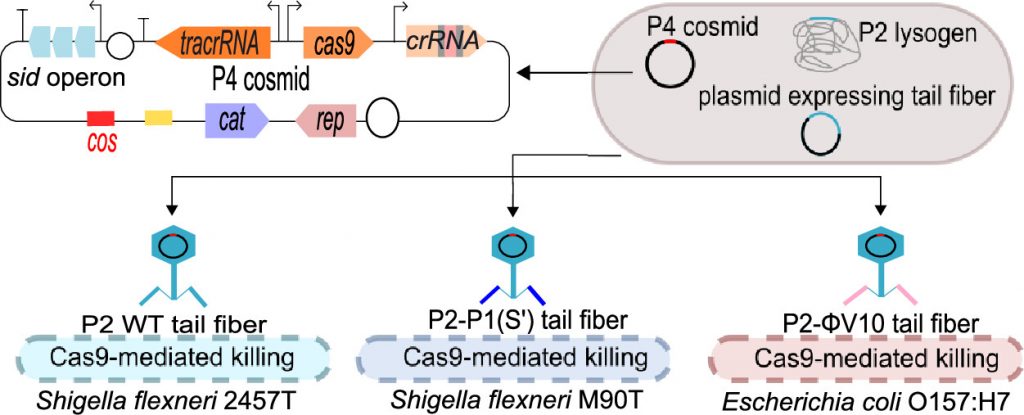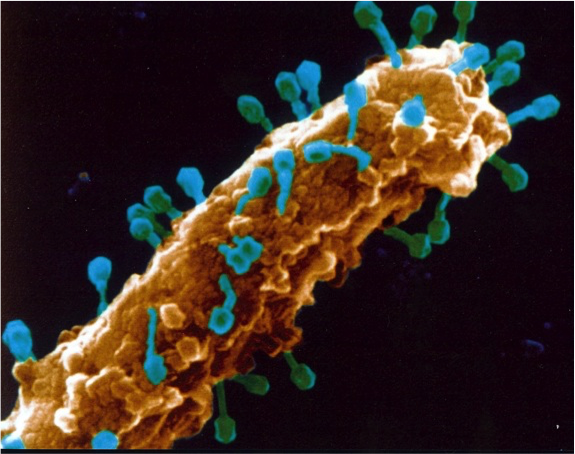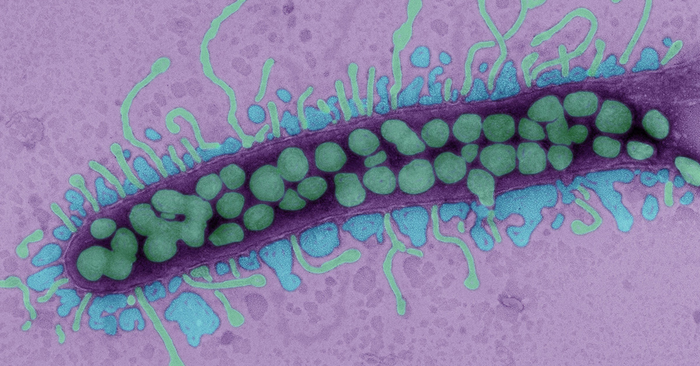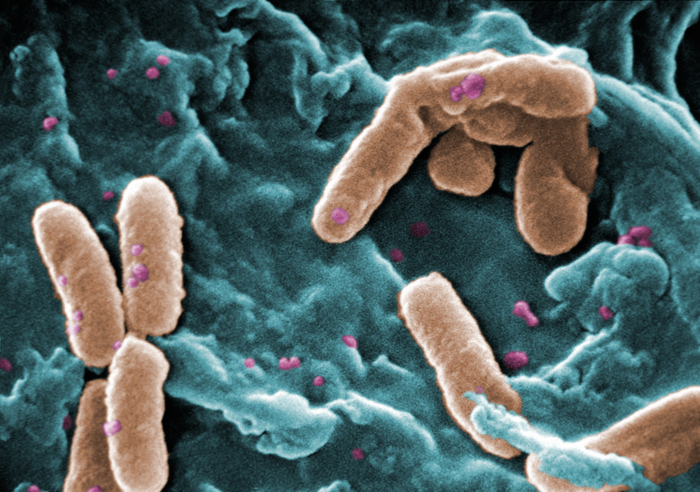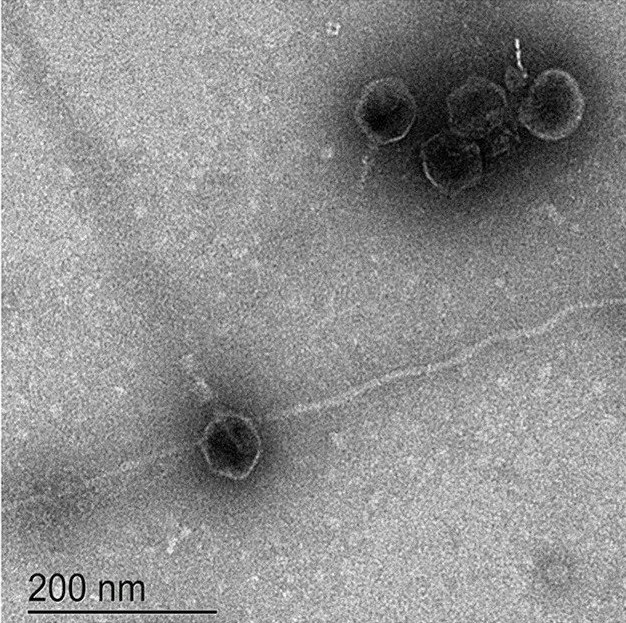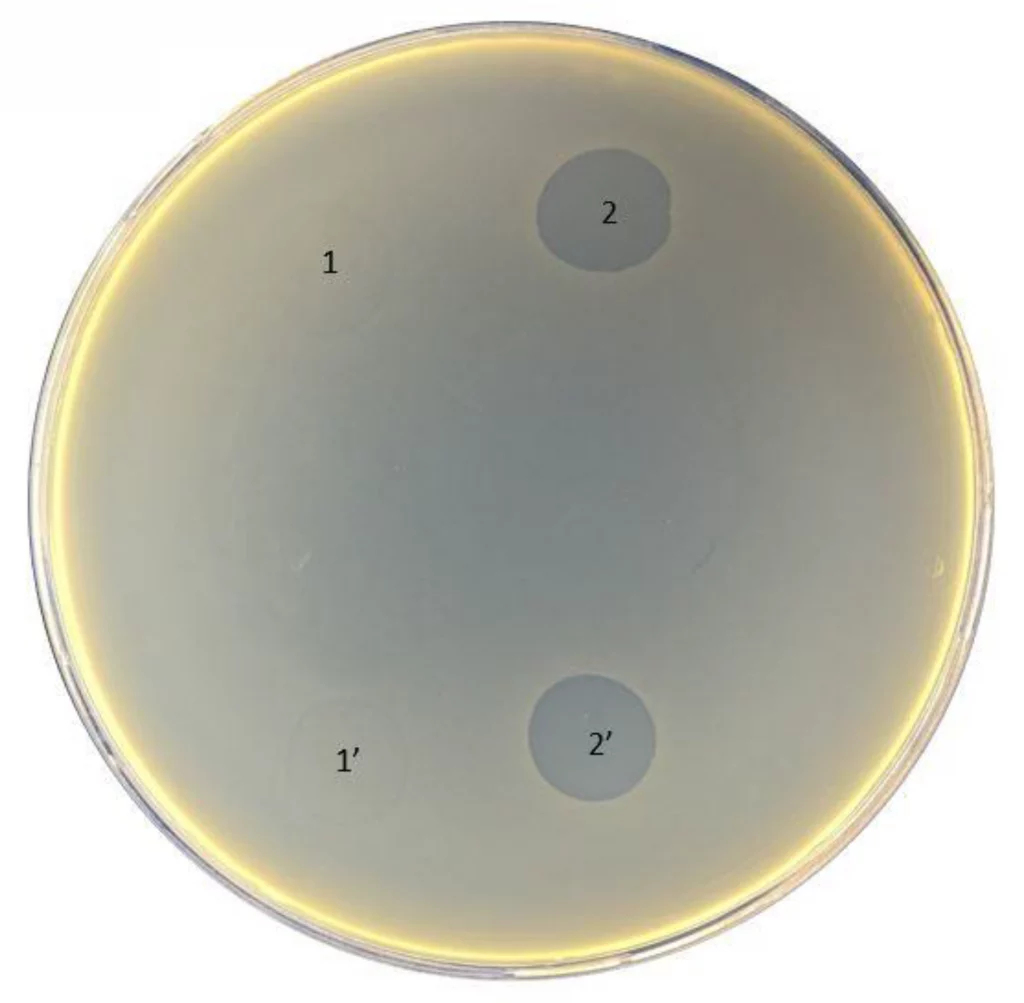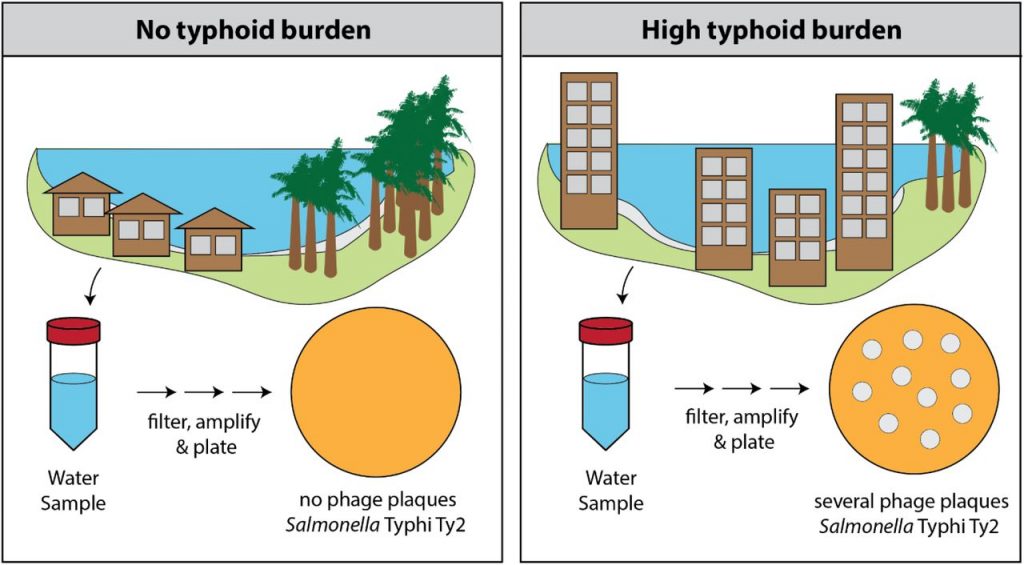
Environmental Bacteriophages for Typhoid Surveillance and Evaluating Vaccine Impact
Typhoid-conjugate vaccines (TCVs) provide an opportunity to reduce the burden of typhoid fever, caused by Salmonella Typhi, in endemic areas. As policymakers design vaccination strategies, accurate and high-resolution data on disease burden is crucial. However, traditional blood culture-based surveillance is resource-extensive, prohibiting its large-scale and sustainable implementation. Salmonella Typhi is a water-borne pathogen, and here, Hooda et al.…

